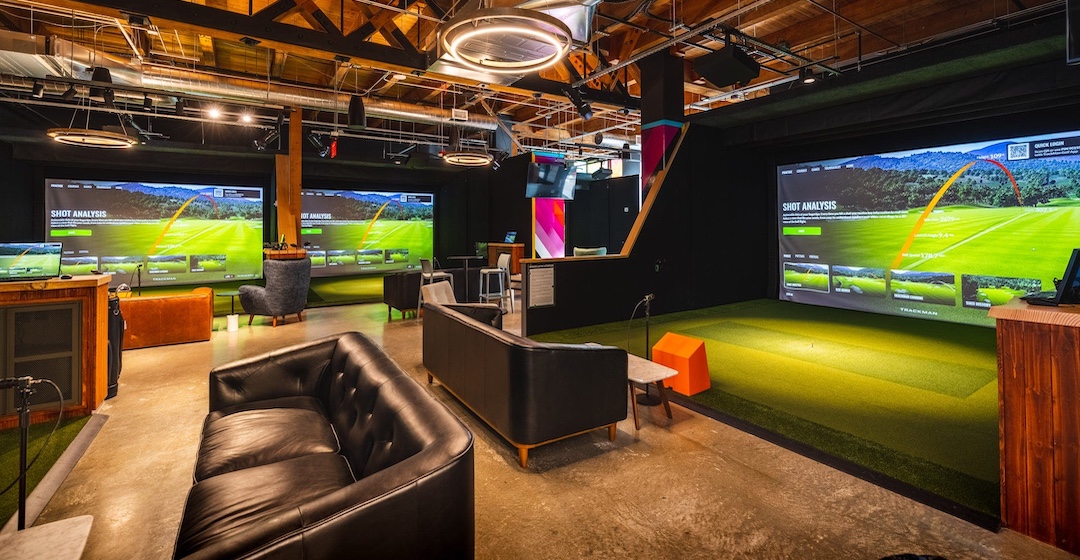If you think golf simulators are just a niche trend for gearheads and tech fans, think again. The latest projections show the global golf simulator market will surge from $2.4 billion in 2024 to $6.1 billion by 2034—an impressive 9.8% annual growth rate.
Why the Boom?
The growth comes down to three key drivers:
Technology: Simulators are no longer clunky arcade experiences. With 4K graphics, VR/AR integration, and AI-driven swing analysis, the realism has caught up to the promise.
Convenience: In a busy world, being able to play Pebble Beach in your basement or at a local sim facility is easier than carving out six hours for a round.
Broad Appeal: Simulators aren’t just for golfers anymore—they’re fixtures in gyms, hotels, corporate spaces, and entertainment venues, making them visible to a much wider audience.
Who’s Leading the Charge?
North America currently dominates, holding 41.8% of market share (more than $1 billion in revenue in 2024). But Asia-Pacific is on the rise, with countries like South Korea and Japan already embracing sim golf as a mainstream pastime.
Brands like TrackMan, Full Swing, Golfzon, and Foresight Sports are pushing hard, competing on both hardware accuracy and software experience. Each year, the simulation feels closer to “real golf,” and that immersion is a big part of the appeal.
Business and Culture Impact
Simulators aren’t just selling hardware—they’re reshaping the culture of golf. Courses are installing them to keep revenue flowing year-round. Hotels and resorts are offering them as premium amenities. Families are using them as social entertainment. And private golfers are investing in home setups that rival professional training facilities.
The Future Outlook
If growth stays on pace, simulators could become as common as bowling alleys or gyms—accessible in towns, suburbs, and cities around the world. And for the golf industry, that means new players, new revenue streams, and a more inclusive entry point for people who’ve never set foot on a course.

Golf Simulator Market Is Set to Explode by 2034
The golf simulator market will jump from $2.4B to $6.1B by 2034—driven by 4K tech, AI analysis, global adoption, and demand for convenient, year-round golf.






